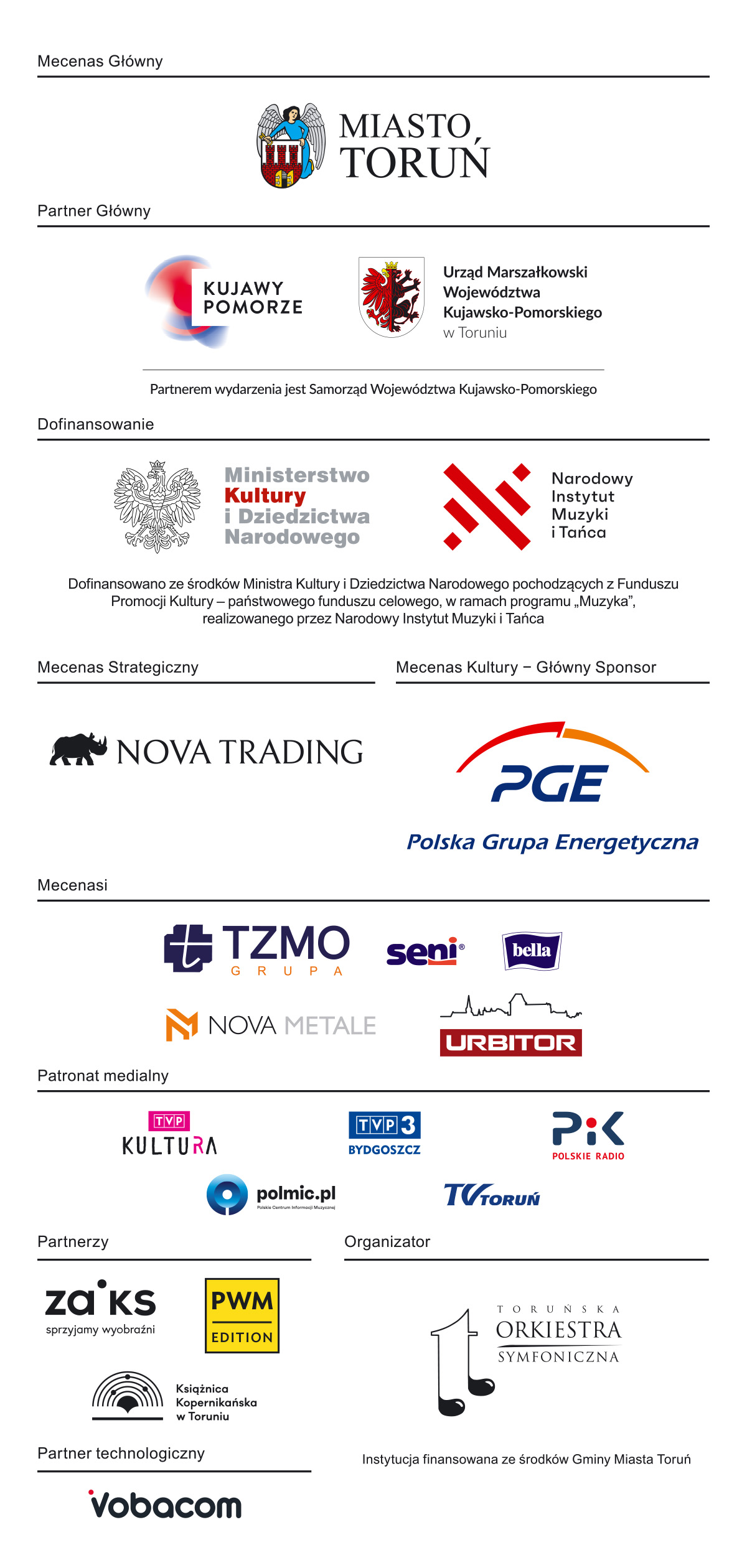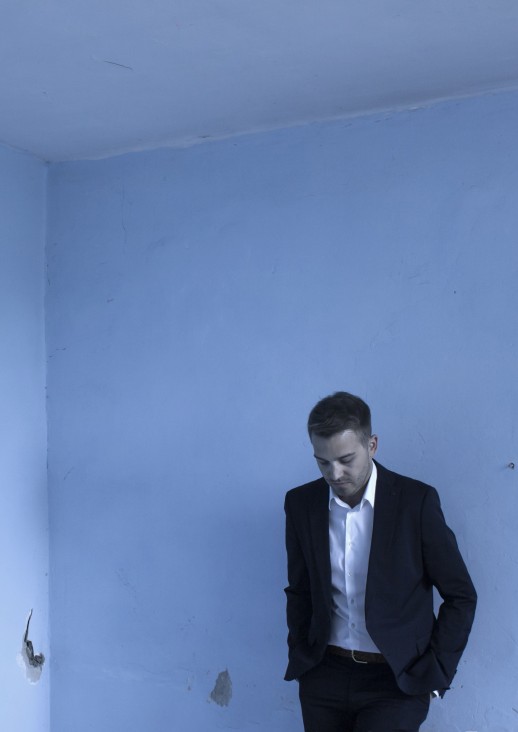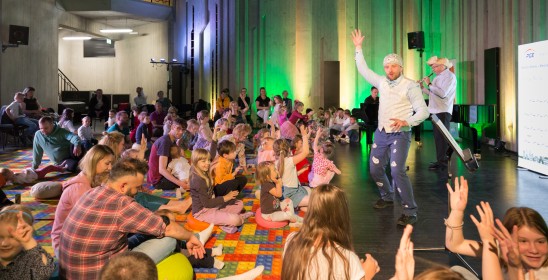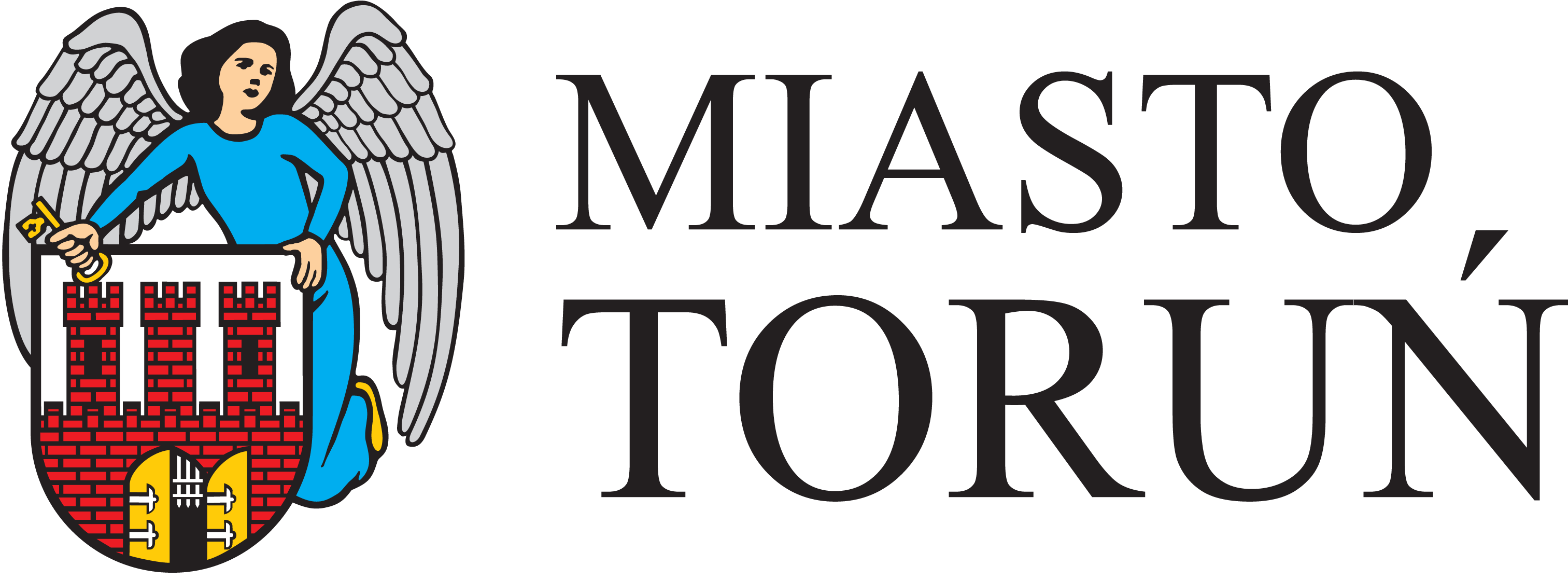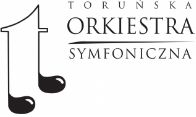Serocki #100 ELECTRO
Koncert odbędzie się w ramach projektu SEROCKI #100
Performers:
Adam Kośmieja - piano
Kamil Kęska - sound director
Szymon Weiss - live act
Adam Banaszak - conductor of the 1st part of the concert
Tomasz Citak - conductor of the 2nd part of the concert
Toruń Symphony Orchestra
Karol Furtak - lecturer
In the program:
K. Serocki - Pianophonie for piano, electronic sound transformation and orchestra (TORUŃ PREMIERE PERFORMANCE)
S. Weiss - live act with symphonic orchestra and arrangements of works by Kazimierz Serocki (PREMIERE PERFORMANCE)
Wydawcą utworów Kazimierza Serockiego jest Polskie Wydawnictwo Muzyczne
Pianophonie is Kazimierz Serocki's last work, his ‘opus magnum’. This is not only the opinion of the author of these words, but also of Iwona Lindstedt. Certainly - in the Polish musical culture of the late 1970s it is a work with unique status . From the perspective of Serocki's creative activity, it marks the culmination of his aspirations in the area of composing with tone colors, which in Pianophonie was aided by electronic stylistic devices – acoustic signal processing. However, the fact that the term 'opus magnum' is most appropriate to Pianophonie is also evidenced by the history of this composition. This, in detail, on the basis of the composer's letters and available accounts by Tadeusz A. Zieliński, was reconstructed by Iwona Lindstedt. As the author of Kazimierz Serocki. Piszę tylko muzykę concludes, the composer became interested in the possibility of using electronic live devices as early as 1975. It is worth recalling at this point that in Europe, the successes of compositions such as Karlheinz Stockhausen's Mikrophonie, in which the composer added microphones as peculiar instruments for two performers, using them to develop the sound material coming out of the percussion section and the sound engineers distributing the acoustic effect to the quadraphonic sound system, date back to the mid-1960s.
Be that as it may, it was in 1975 that Serocki began to carry out his plans for a trip to Freiburg, where the experimental studio of Radio Südwestfunk and the Heinrich Strobel Foundation, the musicologist who had died a few years earlier and was president of the International Association for Contemporary Music for more than 10 years, were operating. In addition to his meetings with Hans Peter Haller, the composer in charge of this institution, Serocki also studied all the new possibilities of tone color and expression that came from the use of live electronic. In the end, the composer decided to modify the sound extracted from the piano live, and the effects he had envisaged, were described in great detail in the score with graphic symbols developed for the purpose. He decided to use the following devices: oscillators, modulators, delay devices, filters, amplifiers and the halophone, an invention of the aforementioned Haller and Peter Lawo, an engineer who had previously collaborated with Stockhausen, among others, thanks to which it was possible to operate on the spaciousness of the sound - designing the impression of sound movement in space. The electronically amplified piano is accompanied by an orchestra, thanks to which some have called Pianophonie a 'symphony for piano'. During its premiere in Metz, at the International Encounters of Contemporary Music, the pianist who performed the work was Szábolcs Esztényi, a Hungarian artist and composer associated with Polish culture since the years of his higher education and Ernest Bour conducted. The Polish premiere also involved the aforementioned pianist, and the Great Symphony Orchestra of Polish Radio and Television from Katowice was conducted by Stanisław Wisłocki. In Toruń, during the premiere performance of this composition, the solo part will be performed by Adam Kośmieja, about whom Olgierd Pisarenko wrote in ‘Ruch Muzyczny’ magazine: (...) he also turned out to be an excellent and brilliant interpreter of the solo part, a worthy successor of Szabolcs Esztényi. The Toruń Symphony Orchestra will be conducted by Adam Banaszak. The second part of the concert will feature a world premiere live act by Szymon Weiss, a percussionist, experimenter and promoter of multimedia music, inspired by themes from Kazimierz Serocki's pieces. Weiss will be accompanied by Tomasz Citak, who will conduct the Toruń Symphony Orchestra during this part of the concert. Prior to the concert, the audience will be able to explore the history of electronic music in Poland.
Karol Furtak
